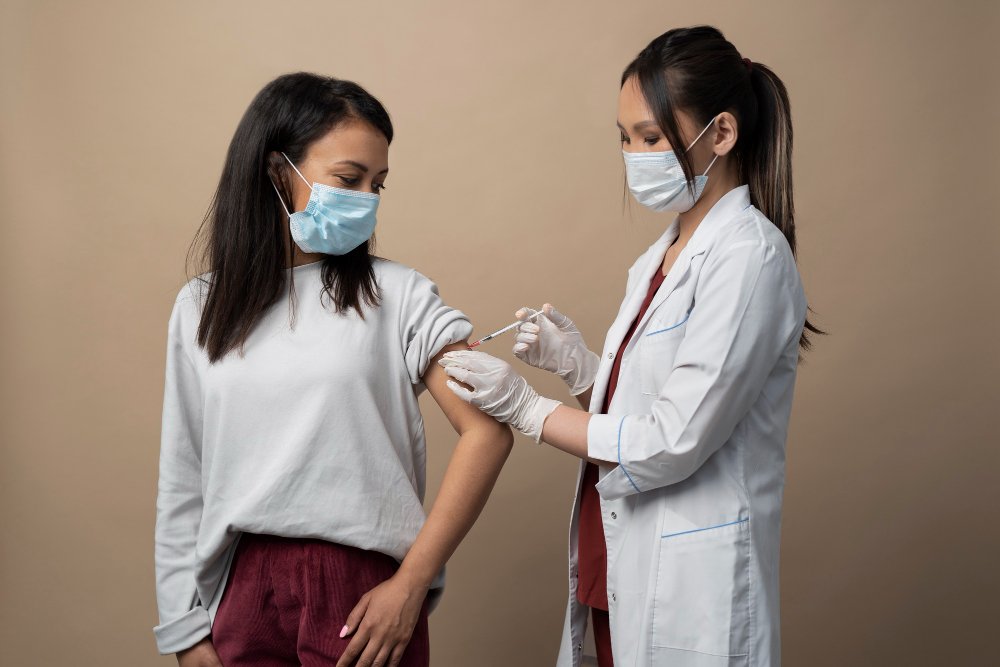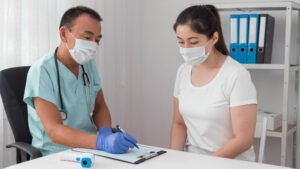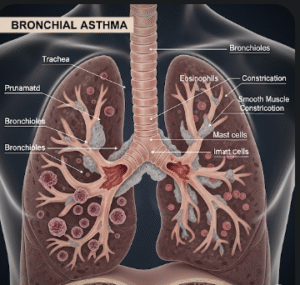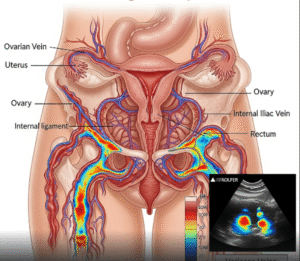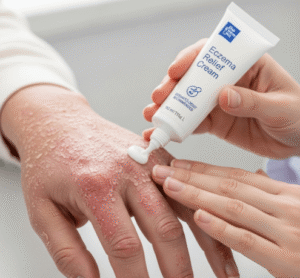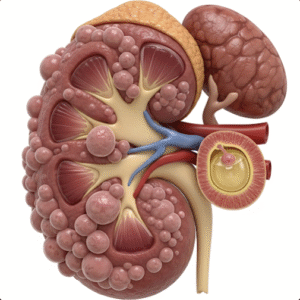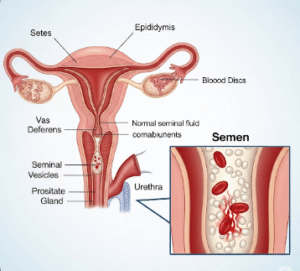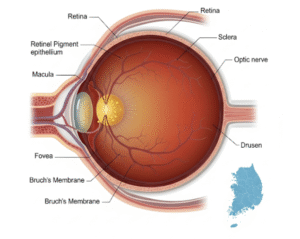Overview
Vaccine-preventable diseases are infectious illnesses that can be prevented through vaccination. These diseases once caused widespread illness, disability, and death, but thanks to global immunization programs, many are now rare or even eliminated in some regions. However, without adequate vaccination coverage, these diseases can quickly re-emerge and pose serious public health threats.
What is Vaccine Preventable Diseases
Vaccine-Preventable Diseases refer to a group of infectious diseases for which effective vaccines exist to provide immunity. Vaccines stimulate the body’s immune system to recognize and fight specific pathogens (bacteria or viruses) without causing illness. Common vaccine-preventable diseases include measles, mumps, rubella, diphtheria, pertussis, polio, tetanus, hepatitis, HPV, and influenza. Vaccination not only protects individuals but also reduces disease transmission through herd immunity.
Symptoms
The symptoms of vaccine-preventable diseases vary depending on the illness, but some common examples include:
- Measles: High fever, cough, runny nose, red eyes, and rash
- Mumps: Swollen salivary glands, fever, headache, and muscle aches
- Rubella: Mild fever, rash, swollen lymph nodes
- Diphtheria: Sore throat, thick coating in the throat, breathing difficulty
- Pertussis (whooping cough): Severe coughing fits, whooping sound, vomiting
- Polio: Muscle weakness, paralysis
- Tetanus: Muscle stiffness, spasms, difficulty swallowing
- Hepatitis B: Fatigue, jaundice, abdominal pain
- HPV: Often asymptomatic; some strains cause genital warts or cancer
- Influenza: Fever, body aches, cough, fatigue
Causes
These diseases are caused by specific bacteria or viruses, and they are transmitted through various routes:
- Respiratory droplets (e.g., measles, influenza, pertussis)
- Fecal-oral transmission (e.g., polio, rotavirus)
- Blood or body fluids (e.g., hepatitis B, HPV)
- Environmental exposure (e.g., tetanus spores in soil)
The primary cause of outbreaks today is incomplete or delayed vaccination.
Risk Factors
- Not being vaccinated or delayed vaccination schedule
- Traveling to regions with low immunization rates
- Compromised immune system (e.g., HIV, chemotherapy)
- Close contact with infected individuals
- Infancy or old age (weakened immune response)
- Overcrowded or unsanitary living conditions
- Healthcare work or exposure to bodily fluids
Complications
Without vaccination, these diseases can lead to serious, often life-threatening complications:
- Brain damage (measles, mumps, pertussis)
- Pneumonia or respiratory failure (influenza, diphtheria)
- Permanent paralysis (polio)
- Chronic liver disease or liver cancer (hepatitis B)
- Infertility or birth defects (rubella in pregnancy)
- Sepsis and death (tetanus)
- Cervical and other cancers (HPV)
Prevention
Vaccination is the most effective prevention strategy:
- Follow the national immunization schedule (infants, children, adolescents, and adults)
- Stay updated on booster shots (e.g., tetanus every 10 years)
- Travel vaccinations when visiting high-risk countries
- Influenza vaccine annually, especially for vulnerable populations
- HPV vaccine for preteens and young adults
- Educational campaigns to increase vaccine acceptance
Preventing these diseases through vaccination reduces global disease burden and protects vulnerable communities.
Treatment Options in Korea
South Korea provides world-class vaccination programs and infectious disease management through its national immunization infrastructure and advanced healthcare system.
- Vaccination services:
- Free or subsidized vaccines for children, elderly, and pregnant women
- Routine pediatric and adult vaccination clinics
- International travel vaccines and counseling
- Management of infections:
- Isolation and infection control protocols for outbreaks
- Antibiotic or antiviral therapy for diseases like hepatitis B, influenza, and diphtheria
- Supportive hospital care for complications (e.g., respiratory support for pertussis or polio)
- Contact tracing and public health surveillance for containment
- Public health education:
- Mobile apps and government portals for tracking vaccination status
- Community outreach and vaccination awareness campaigns
- Multilingual services for foreign residents and travelers
South Korea’s integrated approach to vaccination and disease prevention ensures high coverage and effective control of vaccine-preventable diseases.

